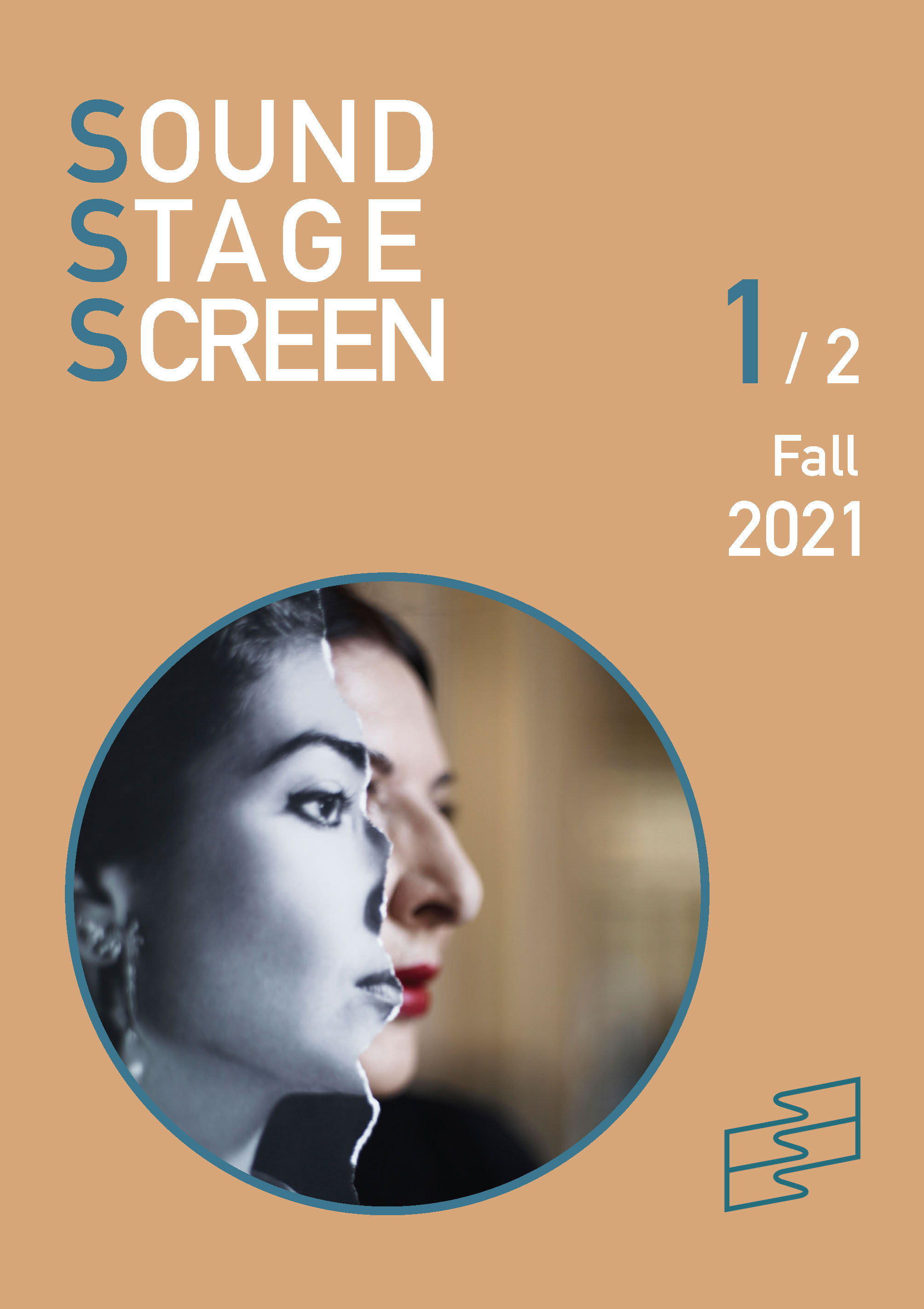References
Adorno, Theodor W. In Search of Wagner. New ed. Verso Modern Classics Series. London ; New York: Verso, 2005.
Bal, Mieke. Quoting Caravaggio: contemporary art, preposterous history. Chicago, Ill: University of Chicago Press, 1999.
Benjamin, Walter. “The Work of Art in the Age of Mechanical Reproduction.” In Illuminations: Essays and Reflections, translated by Harry Zohn, edited by Hannah Arendt, 217-51. New York: Schocken, 1968.
Bleeker, Maaike. Visuality in the Theatre: The Locus of Looking. Basingstoke, UK: Palgrave Macmillan, 2008. https://link.springer.com/book/10.1057/9780230583368.
Bolter, J. David, and Richard A. Grusin. Remediation: understanding new media. Cambridge, Mass: MIT Press, 1999.
Buck-Morss, Susan. «Aesthetics and Anaesthetics: Walter Benjamin’s Artwork Essay Reconsidered». October 62 (1992): 3. https://doi.org/10.2307/778700.
Burston, Jonathan. «Theatre Space as Virtual Place: Audio Technology, the Reconfigured Singing Body, and the Megamusical». Popular Music 17, n. 2 (1998): 205–18. https://doi.org/10.1017/S026114300000060X.
Felman, Shoshana. The Scandal of the Speaking Body: Don Juan with J.L. Austin, or Seduction in Two Languages. Meridian, Crossing Aesthetics. Stanford, Calif: Stanford University Press, 2003.
Fried, Michael. Absorption and theatricality: painting and beholder in the age of Diderot. Berkeley: University of California Press, 1980.
Giesekam, Greg. Staging the screen: the use of film and video in theatre. Houndmills, Balsingstoke, Hampshire ; New York: Palgrave, 2007.
Gorbman, Claudia. Unheard melodies: narrative film music. Bloomington: Indiana University Press, 1987.
Kreuzer, Gundula. Curtain, gong, steam: Wagnerian technologies of nineteenth-century opera. Oakland, California: University of California Press, 2018.
Lastra, James. “Reading, Writing and Representing Sound.” In Sound Theory/Sound Practice, edited by Rick Altman, 65–86. London: Routledge, 1992.
Lehmann, Hans-Thies. Postdramatic Theatre. Translated by Karen Jürs-Munby. London: Routledge, 2006.
Marks, Laura U. Touch: Sensuous Theory and Multisensory Media. Minneapolis: University of Minnesota Press, 2002. https://www.jstor.org/stable/10.5749/j.ctttv5n8.
Morris, Cristopher. «Digital Diva: Opera on Video». The Opera Quarterly 26, n. 1 (2010): 96–119. https://doi.org/10.1093/oq/kbq002.
Novak, Jelena. Postopera: reinventing the voice-body. Farnham, Surrey ; Burlington, VT: Ashgate, 2015.
Owens, Craig. “The Allegorical Impulse: Toward a Theory of Postmodernism.” In Art after Modernism: Rethinking Representation, edited by Brian Wallis, 203–35. New York: New Museum of Contemporary Art, 1984.
Richardson, John, and Claudia Gorbman. “Introduction.” In The Oxford Handbook of New Audiovisual Aesthetics, edited by John Richardson, Claudia Gorbman, and Carol Vernallis. Oxford Handbooks Online. https://doi.org/10.1093/oxfordhb/9780199733866.013.0012.
Ridout, Nicholas. “Opera and the Technologies of Theatrical Production.” Chapter. In The Cambridge Companion to Opera Studies, edited by Nicholas Till, 159–76. Cambridge Companions to Music. Cambridge: Cambridge University Press, 2012. doi:10.1017/CCO9781139024976.010.
Sheil, Áine, e Craig Vear. «Digital Opera, New Means and New Meanings: An Introduction in Two Voices». International Journal of Performance Arts and Digital Media 8, n. 1 (2012): 3–9. https://doi.org/10.1386/padm.8.1.3_2.

This work is licensed under a Creative Commons Attribution 4.0 International License.
Copyright (c) 2021 Bianca De Mario

